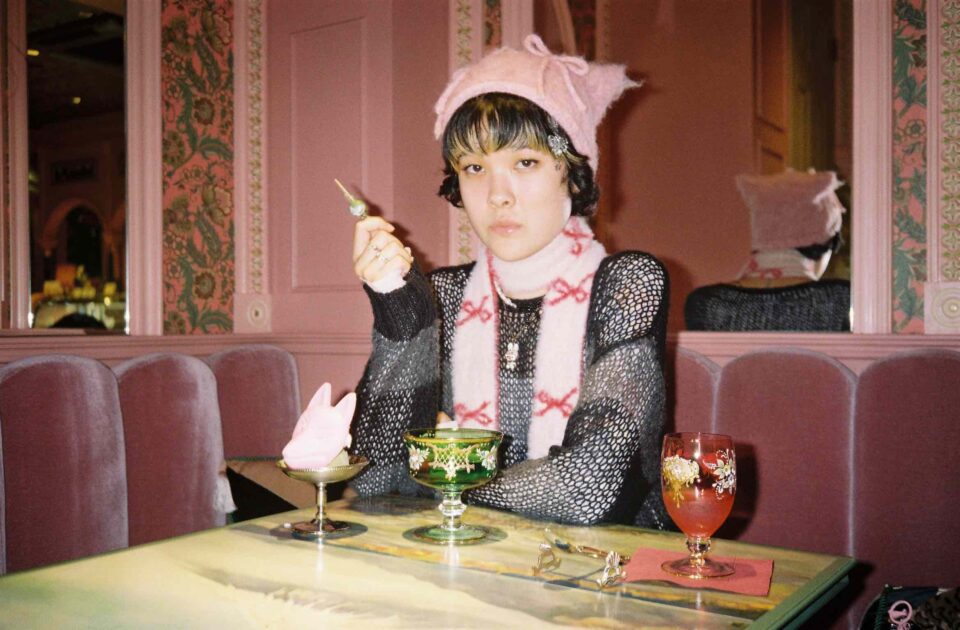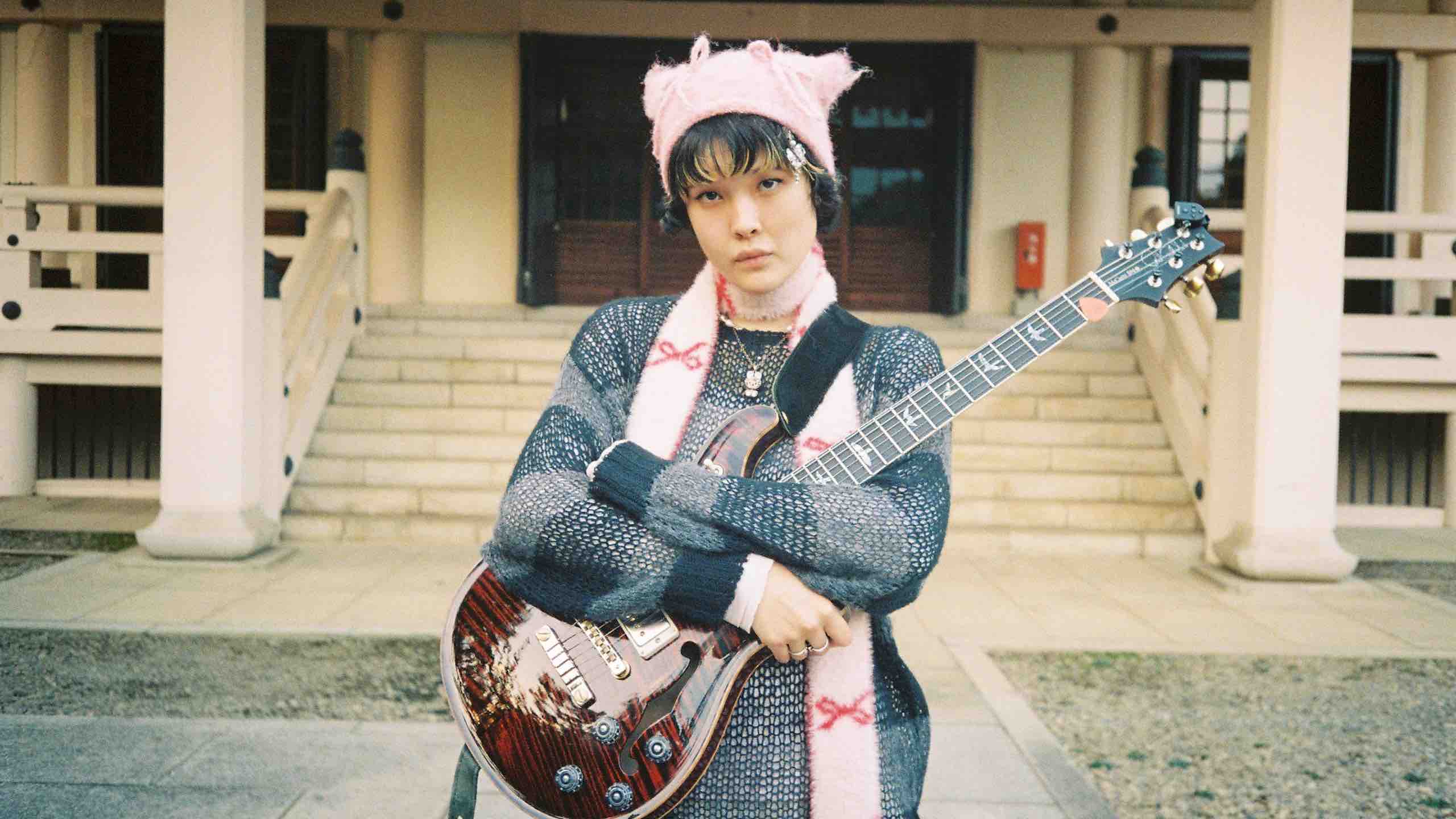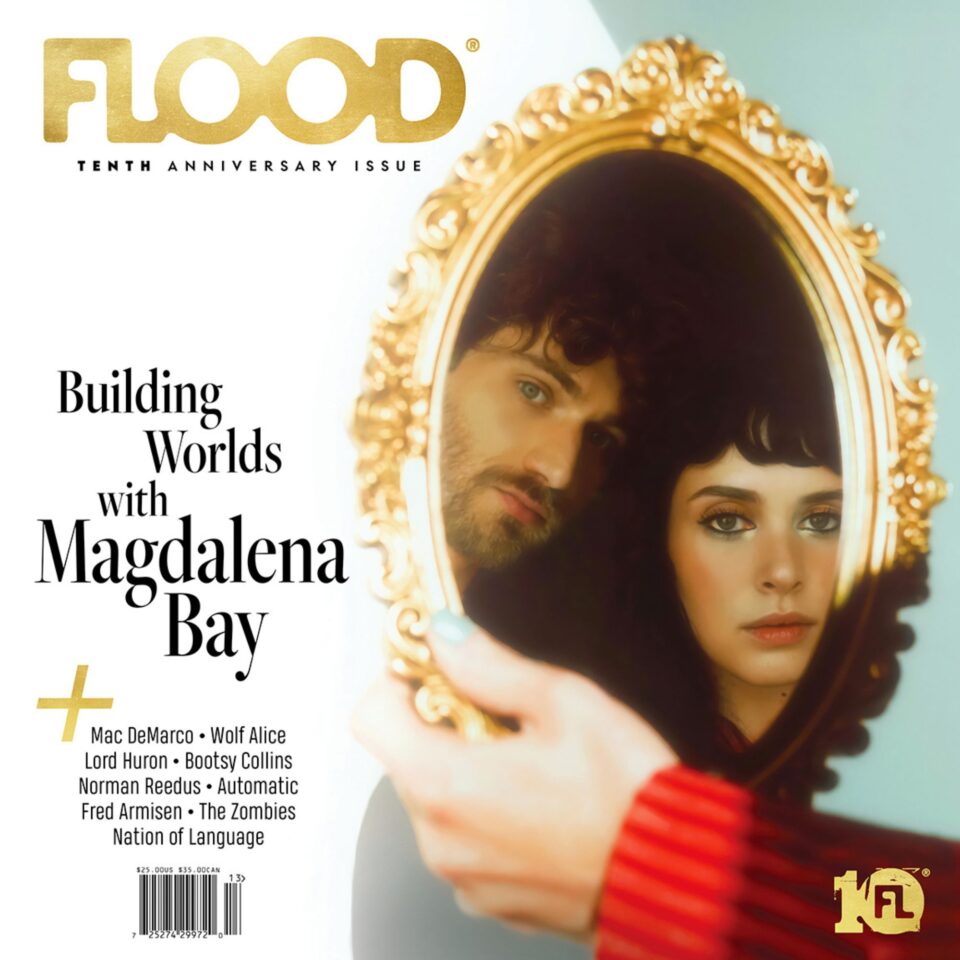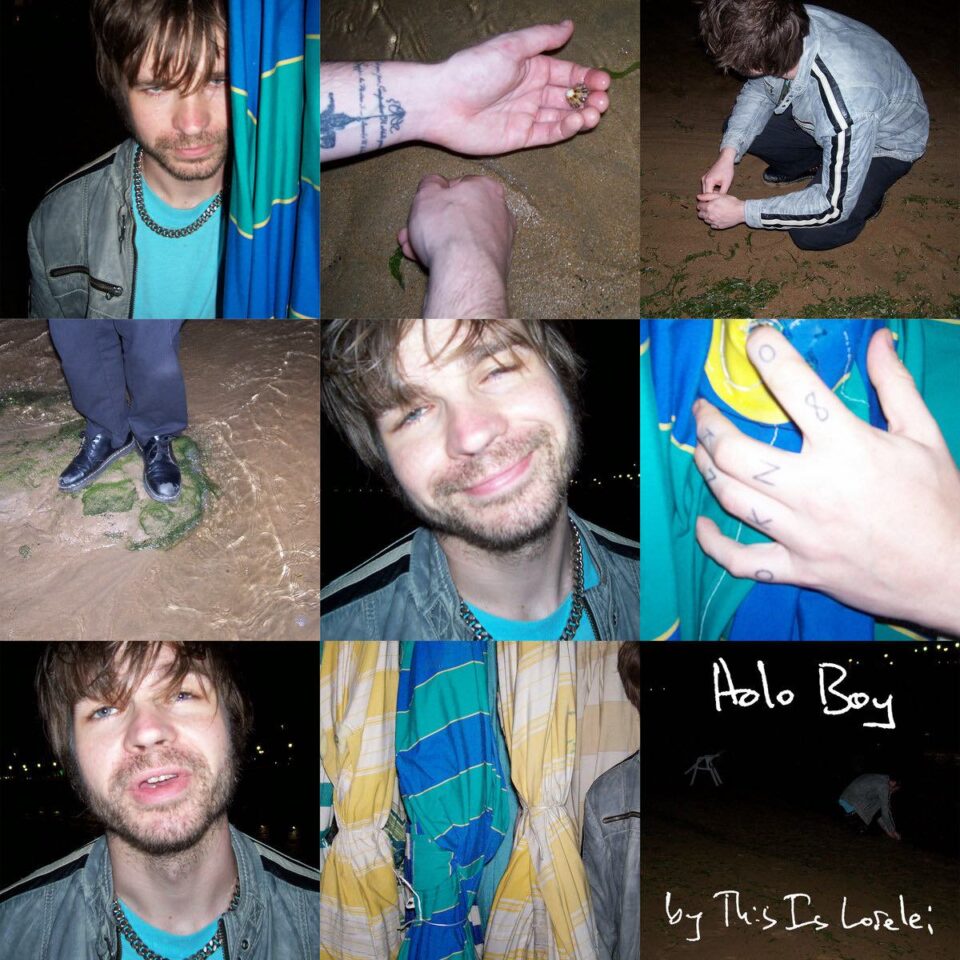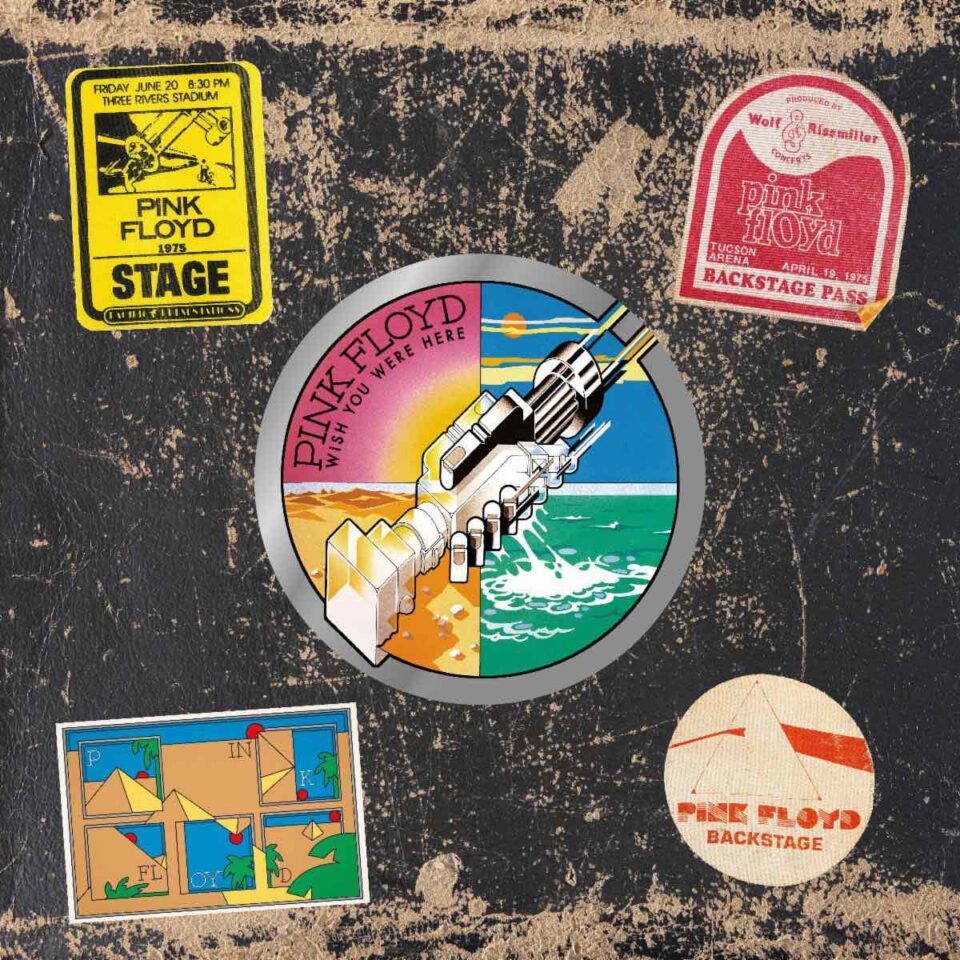BACKSTORY: The Japanese-American songwriter attended Berklee College of Music, where she studied jazz
FROM: Ann Arbor, Michigan
YOU MIGHT KNOW HER FROM: 2024 shows with artists like Liana Flores, Elephant Gym, and Kara Jackson
NOW: Semones and her band are gearing up to release her debut album, Animaru, via Bayonet Records, followed by her biggest full-band tour to date
Just 30 seconds into Mei Semones’ debut LP Animaru, the songwriter blends a number of disparate styles with such ease that it’s hard to believe this vision of bossanova-jazz-pop has materialized so effortlessly. It’s charming, cool, and playful, but deeply informed by Semones’ rigorous musical studies as a student at Berklee College of Music. There, she followed up on years of high school band experience with a more intense focus on jazz.
Although Semones spends much of Animaru bringing the genre to the tentpoles of indie rock, the fundamental nature of these songs is informed by an improvisatory spirit—a willingness to follow a thought wherever it may lead. It’s during these whimsical moments that Semones truly flexes her muscles as a songwriter and instrumentalist. At its core, though, Animaru is an album that defies such neat organizational tools; it’s a collection of songs built in the image of its radically restless, endlessly inquisitive creator.
Animaru means “animal” in Japanese, and Semones took the spirit of the word to its roots in making the album. “Something that runs through a lot of these songs is the idea of trusting your instincts, doing what feels natural to you,” she explains. There’s also a sense of nurturing that Semones took from this idea of the animal. She adds, “I wrote a lot about love—and not necessarily in the romantic sense, but love of life and love of music and my guitar and my family.” There’s a gratefulness that imbues the record, a belief that music is healer and savior and communicator. Every note, every lyric, every drum fill and string swell adds to this idea of being awestruck by music’s power.
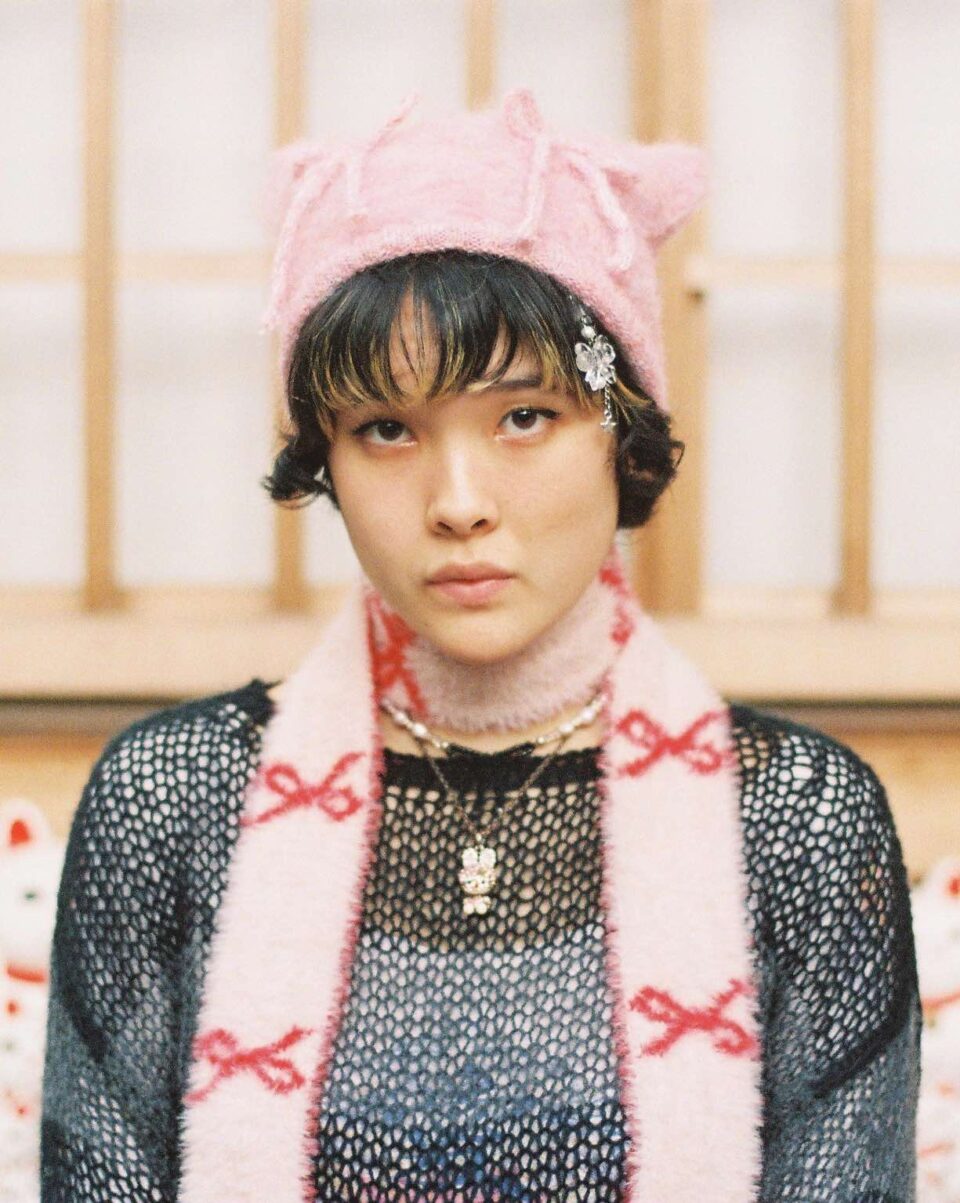
“I’ve always been bilingual, so why would my music not also be bilingual?”
That power isn’t limited to the transcendental nature of music, though. Semones also finds great strength in family and community, while her Japanese roots also play a significant role on the album—from the cover, which was designed by her mother, to her songwriting style, which includes plenty of lyrics sung in Japanese. “I grew up always speaking both Japanese and English. It’s always been a big part of my life,” she explains. “Having lyrics in both Japanese and English feels pretty natural. When I first did it, it really clicked for me, and it was a really big part of finding my own sound and figuring out what I wanted to sound like as an artist. I’ve always been bilingual, so why would my music not also be bilingual?”
For those of us who aren’t bilingual, this switching between English and Japanese helps listeners form a connection to Semones’ music and voice outside of the words she sings. Take “Donguri,” for example: a gorgeous walk in the park built around a double bass line, finger-picked guitar, and layers of vocals. When she switches back to English to sing the line “Thorns above us,” it snaps the song out of a dreamlike reverie, allowing for Semones to focus the POV like a camera lens: depending on her perspective, different aspects of her compositions are accented, redefined, and spotlit.
“Regardless of the style and the genre I work in, I want people to hear my music and understand, ‘Oh, this is Mei.’”
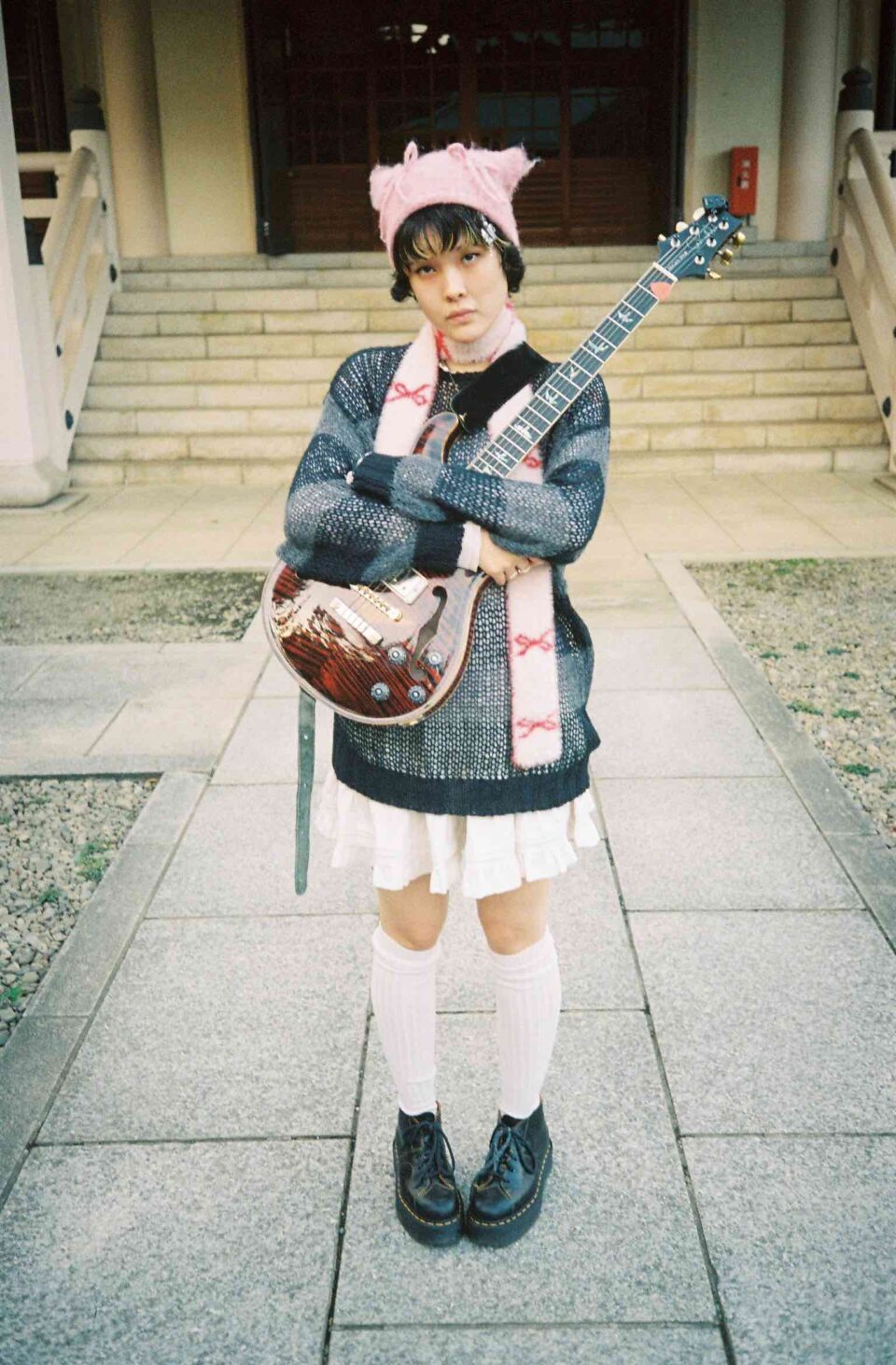
Alongside the arrival of Animaru comes Mei Semones’ biggest tour to date, backed by the band that recorded the album with her. If the studio setting suited Semones to create a world, taking these songs on the road allows her to build alternate realities in which the songs unfurl in fresh, exciting ways—highlighted by that improvisatory instinct honed during her days as a jazz student. “Playing shows is my favorite part of being a musician,” she shares. “Playing with my band is the most rewarding thing in my life. I love it. Obviously, driving and not being able to sleep in your own bed for a month is tiring, but every night I’m reminded that it’s worth it.”
While the sonic bones of Animaru are integral to understanding Semones’ rich musical history, she hopes, in a sense, that listening to the album transcends any previous understanding of how these styles work together, their shared history and roots. She wants her voice to stand on its own. “Regardless of the style and the genre I work in, I want people to hear my music and understand, ‘Oh, this is Mei,’” she explains. Everything outside of the song itself is, at a certain point, superfluous: “I’m just making music and it doesn't matter what genre I’m exploring; it’s all still me.” FL
